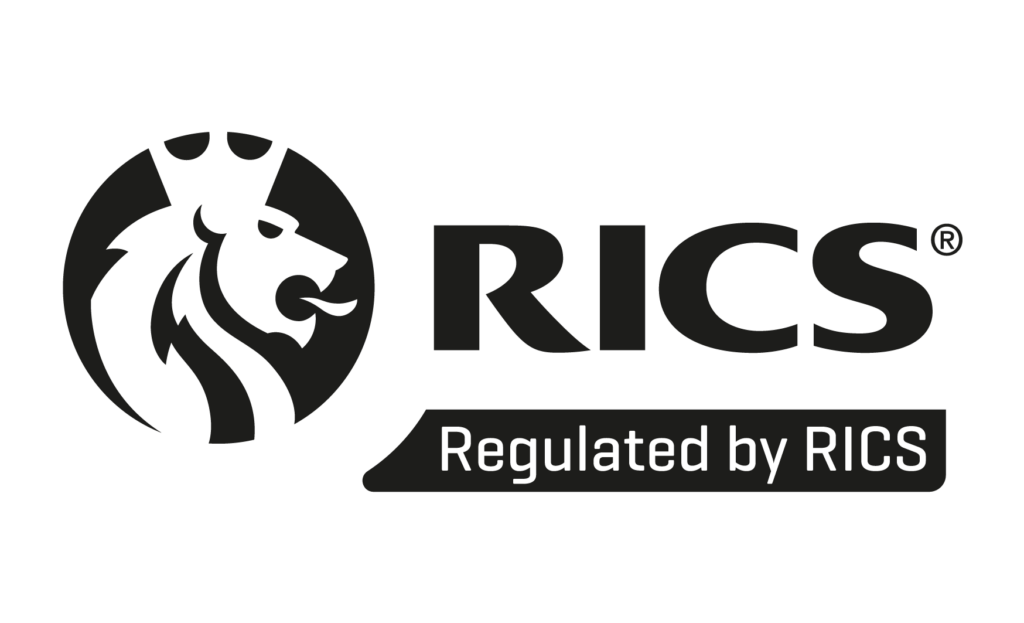Introduction:
Dry rot is a serious issue that can plague buildings of all types, from residential homes to commercial structures. This insidious and destructive fungus, known as its Latin name, Serpula lacrymans, has the potential to cause significant damage if left unchecked. In this blog, we’ll delve into what dry rot is, how to recognise its presence, and what measures can be taken to treat and prevent its spread.
What Is Dry Rot?
Dry rot is a wood-destroying fungus that thrives in damp and poorly ventilated environments. Despite its name, it requires a moisture content of around 20% to 30% to grow, which is much less than other wood-rotting fungi. This particular fungus is known for its ability to travel through masonry and spread rapidly. Here’s how dry rot develops and progresses:
- Spores: Dry rot begins as tiny spores that can travel through the air and settle on timber or masonry surfaces.
- Germination: When these spores encounter a moist environment, they germinate and form mycelium, which looks like a white, cotton-like growth.
- Colonization: The mycelium then spreads and colonizes the surrounding area, breaking down the cellulose in wood, which leads to decay.
- Fruit Bodies: In advanced stages, dry rot may produce fruiting bodies that resemble brown mushroom-like structures.
Recognising the Signs
Detecting dry rot early is crucial to prevent its spread and minimize damage. Here are some common signs to look for:
- Cuboidal Cracking: Dry rot often causes timber to crack in a specific way, creating a pattern of cuboidal or diamond-shaped cracks.
- Fungal Growth: Look for a white, fluffy fungal growth, which may later develop into distinctive orange-brown spore-producing bodies when mature.
- Musty Odor: Dry rot can produce a distinctive musty odor, often described as “mushroomy.”
- Red Dust: When the fruiting bodies release spores, they can produce a red dust, which may be present around the affected area.
- Shrunken and Darkened Timber: The affected timber may become shrunken, darkened, and brittle.
Treating Dry Rot
If you suspect dry rot in your property, it’s essential to take action promptly. Here are some steps to combat and prevent its spread:
- Isolate the Affected Area: Isolate the area to prevent further spread of the fungus. This may involve removing and replacing infected timber and addressing any sources of moisture, like leaks.
- Ventilation and Damp Proofing: Ensure that the affected area is well-ventilated and consider installing damp-proof courses or barriers to prevent moisture ingress.
- Fungicidal Treatments: Apply appropriate fungicidal treatments to the affected area to eradicate the fungus. This may include injecting or brushing on a fungicide.
- Monitor Regularly: After treatment, monitor the area for signs of reoccurrence to catch any potential issues early.
Prevention Is Key
Preventing dry rot is often more manageable than treating it. Here are some preventive measures:
- Regular Maintenance: Maintain your property by fixing leaks, addressing damp issues, and ensuring good ventilation.
- Timber Treatment: Treat timber with preservatives to make it less susceptible to dry rot.
- Inspect Regularly: Conduct regular inspections of your property to identify any early signs of moisture ingress or fungal growth.
Conclusion
In conclusion, dry rot is a destructive force that can significantly damage buildings if not properly addressed. Regular maintenance, prompt identification, and effective treatment are the keys to combating and preventing this fungus. By taking these steps, you can protect your building’s structural integrity and ensure its longevity.
It is important that when buying any property, you ensure you obtain professional advice prior to exchanging contracts. Our advice in this blog is brief and every property differs. In some cases, dry rot can be hidden and not obvious on first glance when viewing the property, especially when the property is occupied and furnished with floor coverings and furniture. This emphasises the benefit of obtaining a professional survey on any property investment. Please give us a call and we are happy to assist in helping you to minimise any risks associated with buying a property.






